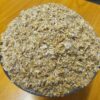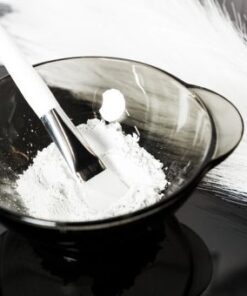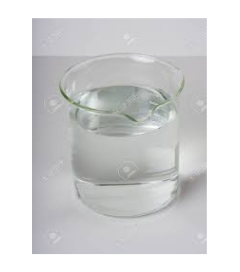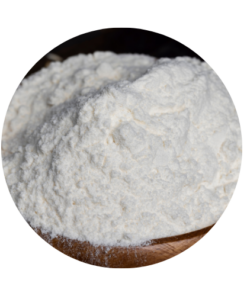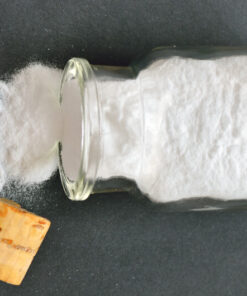-
×
 Jasmine Fragrance Oil - 50ml
1 × R61,30
Jasmine Fragrance Oil - 50ml
1 × R61,30
Citric Acid Monohydrate – 1kg
R85,00
Citric Acid Monohydrate – 1kg – best known for its role in bath bombs, where it reacts with baking soda to create the signature fizzing effect.
2 in stock
SKU: FWS101746
Category: Exfoliators
Tags: 1kg, acid, chemicals, citric, citric acid, exfoliators, monohydrate, speciality, specials
Citric Acid Monohydrate – 1kg
Citric Acid Monohydrate is a versatile, multi-functional ingredient widely used in cosmetics, bath products, and DIY formulations. Derived from natural sources like citrus fruits, this fine, white, crystalline powder acts as a pH adjuster, preservative booster, and effervescent agent. It dissolves easily in water, making it perfect for bath bombs, skincare, and hair care formulations.
Why Choose Citric Acid Monohydrate?
-
Natural Origin: Sourced from renewable, plant-based materials
-
Fine Crystal Form: Dissolves quickly and easily in water-based products
-
Multi-Purpose Use: Works as a pH adjuster, chelating agent, and effervescent component
-
Boosts Preservation: Enhances the performance of natural preservatives
-
Perfect for Bath Bombs: Creates a satisfying fizz when combined with bicarbonate of soda
Essential for Bath & Body Formulations
Citric Acid Monohydrate is best known for its role in bath bombs, where it reacts with baking soda to create the signature fizzing effect. Beyond fizz, it also helps regulate pH levels in products like facial cleansers, toners, shampoos, and conditioners. By chelating metals in your formula, it improves the stability and shelf life of water-based cosmetics.
How to Use
-
Bath Bombs: Use at 20–30% of total formula for ideal fizz
-
Facial Cleansers & Toners: Adjust pH to match skin’s natural acidity
-
Shampoos & Conditioners: Improve product clarity and pH balance
-
Preservative Systems: Use at 0.1–0.5% to support natural preservative efficacy
Storage & Shelf Life
Store Citric Acid Monohydrate in a tightly sealed container in a cool, dry place. Avoid contact with moisture to maintain its free-flowing crystalline form and prevent clumping.
A Must-Have for Formulators
Whether you’re making bath bombs, adjusting pH levels, or boosting product stability, Citric Acid Monohydrate is a staple ingredient that belongs in every formulator’s toolkit.
| Weight | 1,050 kg |
|---|---|
| Dimensions | 15 × 18 × 15 cm |


